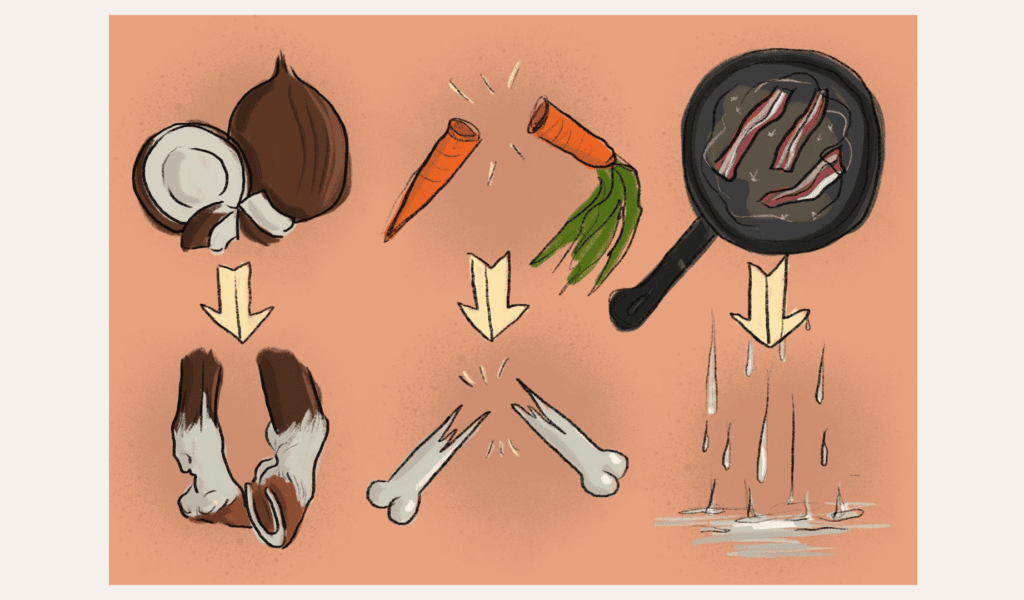Sound effects
Radio plays and audio books rely on the audience’s imaginations much more than film, television and theatre. The listener isn’t able to see anything so the creators must use a combination of dialogue and sound effects to suggest what is happening.
Activity
Listen carefully to the following audio recording and make a note of all the different sounds you hear.
Rehearsal
Before you start recording you’ll need to write a script. Once your script is ready, decide who will record each part and rehearse the lines. Think about your character and the way they might sound. How loud are they? How quickly do they speak? Perhaps they have an accent?
Location
We don’t always notice how noisy the world around us can be and one of the biggest challenges for recording audio is finding a quiet space. Common issues for sound recordists include clocks, fridges, traffic, birds, planes, doors slamming and people talking.
Activity
What can you hear in the room where you are right now? Make a list of the different noises you can hear.
Recording studios
Professional recording studios use soundproofing to block out as much outside noise as possible. What could you do to minimise background noise while recording? Perhaps you could put a sign on the door asking people to be quiet?
If you’re recording at home a good way to block out noise is to record from under your duvet. This might look a little silly but it helps to muffle outside noises.
If there’s a loud clock in the room see if you can turn it off or remove the batteries. Don’t forget to put them back at the end and reset the time on the clock though!
Recording
You can use a simple voice notes app to record your audio. Phones and tablets don’t usually have the best microphones but there are some simple techniques to improve the quality of your recordings.
- Find the microphone on your device. They’re often on the bottom of a phone as this is where you speak when calling someone. Make sure the microphone isn’t covered by your hand or a case as this can muffle the sound.
- Record a short test and listen back to it using headphones.
- The closer you are to the device the better. Don’t try to record somebody from across a room, position the phone
- Where possible, try to record audio indoors to reduce wind noise. If you are recording outdoors, try to shelter the microphone from the wind using your hand or another object.
- Mute your device or put it on flight mode to stop incoming alerts which might interrupt the recording.
- Try to place your phone on a soft surface which won’t vibrate or rattle.
- Record at least two takes. We don’t always notice problems or mistakes while recording and later wish we’d recorded an additional version. Where possible, it’s good practice to record multiple takes and to listen back to your recordings using headphones.
- Consider purchasing a microphone. Some headphones have built in microphones which are much clearer than the phone’s built-in microphone.
Foley
Foley is the process of recording sound effects. The technique is named after sound-effect artist Jack Foley. Foley artists use props to create different sounds such as footsteps, creaking doors and much more.
Activity
What sound effects could you use to tell your story? Write a list of all the sound effects you’d like to record.
Examples:
Fire – cellophane, crisp packets
Breaking bones – snapping celery or carrots
Horse hooves – coconuts
Rain – frying bacon
Birds flapping their wings – a feather duster or gloves


